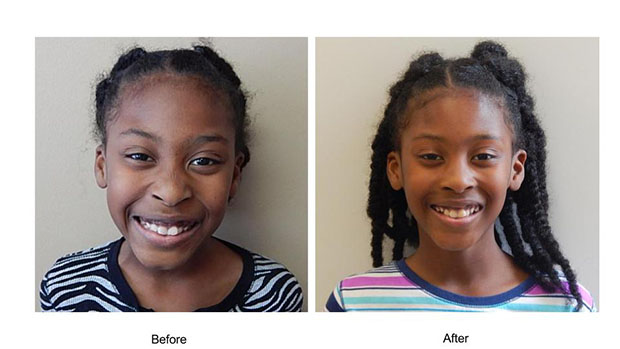
By Andrew Mulka, DDS, MyoTech Dental & Integrative Health Center
As scientific knowledge grows, our understanding of how the world interacts changes. Galileo “discovered” that we are not the center of the universe. Newton “discovered” gravity. Einstein’s research on relativity furthers our understanding of the universe. Scientists today are realizing that quantum physics contradicts Newtonian physics in certain ways.
Current work by quantum physicists, supported by Einstein’s past studies, hints at the interconnectivity of things. A recent structural concept that takes advantage of this interconnectedness is termed tensegrity. This concept focuses on the ability to build objects that are under tension to support themselves. The dome at Tropicana Field (a baseball stadium in Florida) and the Georgia dome have put this concept into practice. In these structures, the bars and struts do not touch. They are held together by cables, or tendons, which are pre-stressed. These structures are extremely rigid, using less material mass than previously needed. This strength comes from the ability of the pre-stressed units to dissipate stresses more easily.
Medical scientists have applied this idea as well, calling it biotensegrity. This concept helps to explain why cells take different shapes on different surfaces or when in contact with other cells. It also explains how the human body is able to support itself. To understand this more simply, think of a skeleton compared to the frame of a house. The frame of a house supports the roof and walls through the use of nails, bolts, and screws. Bones “support” the human body. Biotensegrity suggests the body supports itself through muscles, tendons, and ligaments that are under constant stress.
Dentists can use this understanding to improve the health of a patient. Orthodontists have noticed that as they move teeth, facial changes can occur. For instance, an ear may become more or less flared (see photos). Studies show that placing a block on one side of the jaw can cause one leg to become “longer.” Alternatively, placing a wedge under a person’s heel causes a change in the person’s bite. These observations show biotensegrity at work. Currently, fascia is considered to be the prestressed member holding everything together. Through the fascia, forces in one part of the body can influence distant areas. Thus, changing the position of teeth can change the ear or foot position. A few dentists are attempting to utilize this concept when determining how to treat patients who desire straighter teeth or pain relief. The ALF appliance is one such orthodontic device.
The ALF (advanced lightwire appliance) places very light pressure on teeth. This pressure alone cannot explain the changes clinicians using the appliance have noticed in the movement of teeth and expansion of the jaw. The ALF places added forces to the pre-stressed biotensegrity unit and the body responds. The ALF causes a response in the tongue that helps to place it in the proper position (on the roof of the mouth). These small changes have profound effects over time. Teeth straighten, smiles become broader, and many people experience pain relief from TMD symptoms. Often, patients notice improvement in posture, which can help with pain relief throughout the body. ALF practitioners believe that these responses are caused by the proper placement of the tongue, which in turn encourages nasal breathing and postural changes.
In previous articles, we have discussed the team approach to ALF treatment, where dentists work hand in hand with MDs, chiropractors, osteopaths, physical therapists, and myofunctional therapists among others. A team approach to health allows our patients to receive the best outcome possible.
For further information or to schedule an appointment, please call 309-764-0008.

